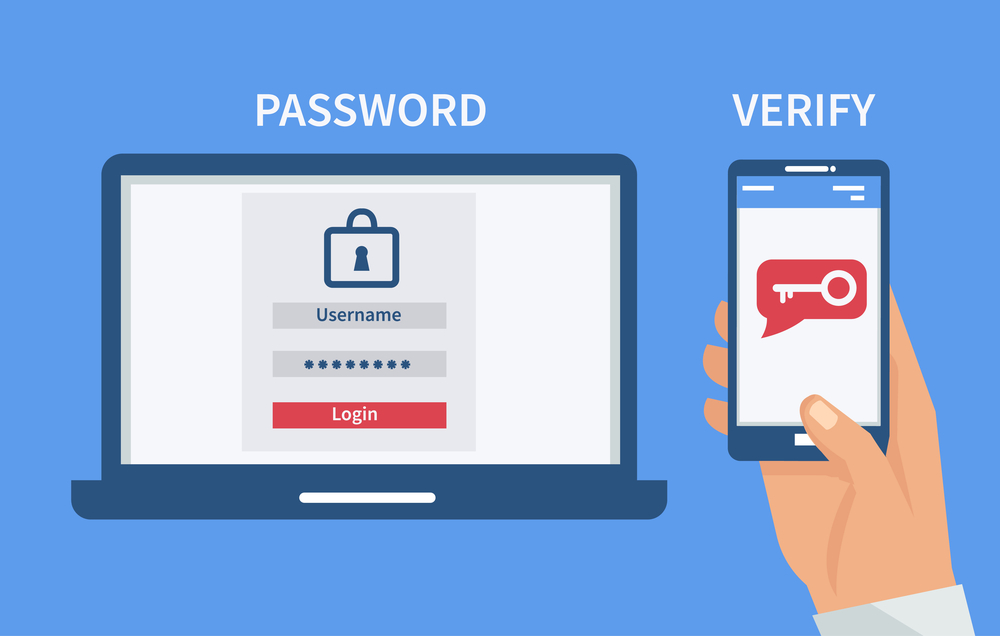Welcome to the first part of our Brilliance in the Basics series. Today, we’ll discuss the importance of configuring 2-Factor Authentication (2FA) for all your websites, not just the ones you “think” are critical. If there’s anything close to a silver bullet in cybersecurity, 2FA would be it. Let’s explore why 2FA is so important and how you can get started with it.
Understanding 2-Factor Authentication
2-Factor Authentication is a security measure that requires two separate steps for verifying your identity when logging into an account. The first step typically involves entering your password, while the second step requires an additional piece of information or verification, such as a code sent to your mobile phone or a fingerprint scan. By requiring two distinct factors, 2FA makes it much more difficult for cybercriminals to access your accounts.
Why 2FA Matters for All Your Accounts
You may be tempted to use 2FA only for your most critical accounts, but the reality is that all your accounts deserve this added layer of protection. Here’s why:
- Interconnectedness: With the growing interconnectedness of our digital lives, even seemingly insignificant accounts can pose a security risk. Cybercriminals often exploit weak points in your online presence to gain access to more valuable information.
- Credential stuffing: Hackers use a technique called credential stuffing, in which they use stolen credentials from one account to access other accounts that share the same username and password. By using 2FA across all your accounts, you reduce the risk of credential stuffing.
- Identity theft: Cybercriminals can use information from less critical accounts to build a profile of you, which can be used for identity theft or targeted attacks. Adding 2FA to all your accounts helps to limit the data they can gather.
Key Takeaways and Action Steps
- Recognize the value of 2FA: Understand that 2FA is a powerful security measure that can help protect your online presence.
- Set up 2FA on all your accounts: Don’t just limit 2FA to your most critical accounts. Set it up for all your online accounts to reduce your risk of a security breach.
- Prioritize strong authentication methods: Choose robust 2FA methods, such as authentication apps or physical security keys, over less secure methods like SMS codes.
- Stay vigilant: Regularly monitor your accounts for suspicious activity, and report any concerns to the appropriate service providers.
In our interconnected digital world, taking every precaution to protect our online accounts is essential. By configuring 2FA for all your accounts, you create a more robust defense against cyber criminals and reduce the risk of identity theft and other cyber threats. Stay tuned for the next installment in our Brilliance in the Basics series, where we’ll continue to provide practical, easy-to-understand cybersecurity tips for working professionals like you. Let’s build a safer digital world together, one 2FA at a time!
Stay #CyberSmart
